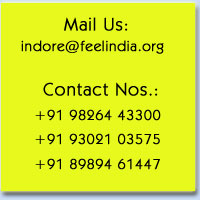Thimphu : Thimphu formerly spelled Thimbu,is the capital and largest city of Bhutan.It is situated in the western central part of Bhutan and the surrounding valley is one of Bhutan’s dzongkhags, the Thimphu District. The city became the capital of Bhutan in 1961. It has a population of 91,000, as of 2011.The city is spread out laterally in a north-south direction on the west bank of the valley formed by the Raid k River, which is known as the Wang Chuu or Thimphu Chuu in Bhutan. Thimphu is spread over an altitudinal range between 2,248 metres (7,375 feet) and 2,648 metres (8,688 feet).Unusually for a capital city, Thimphu is not served by an airport, but relies on the Paro Airport.
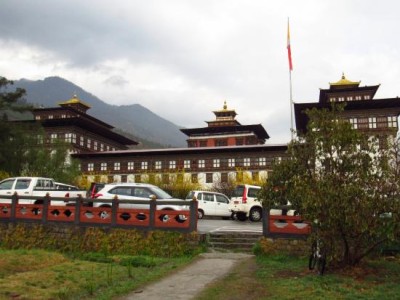 |
#Visit the Dzong |
| #Hit the bulls eye Archery is the country’s national sport and if you are in the capital over the weekend, you can catch an archery tournament at the Changlimithang Archery Ground, where traditional bamboo has been increasingly replaced by hi- tech carbon bows. Enjoy the impromptu song and slow motion dance as well as the verbal exchanges and combat that the teams break into when someone hit’s the bull’s eye or misses the mark. |
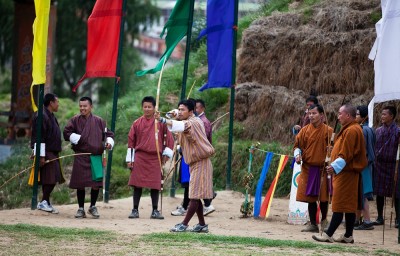 |
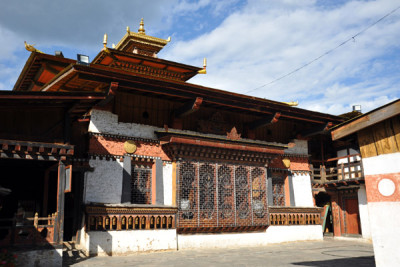 |
#Changangkha Lhakhang Situated on a small hill overlooking the Thimphu valley the monastery was built in the 13th century by Lam Phajo Dugom Zhigpo. Children born in Thimphu are taken to this temple because it is considered the spiritual home of the children born in Chang valley.Names such as Tandin and Sonam are given from this temple to new born babies taken for blessings from the protector deity Tamdrin.The central statue in the temple is Avaloketesvara, Buddha of compassion, in his manifestation with 11 heads, a thousand hands and eyes; it is built with bronze and plated with gold. |
| #Dechen Phodrang At the end of Gaden Lam is the Dechen Phodrang, the site of Thimphu’s original dzong. Since 1971 it has been the state monastic school, where an eight-year course to almost 500 monk students is provided. The 12 century paintings in the monastery’s Guru Lhakhang have been restored and the upper floor features a large figure of Zhabdrung Ngawang Namgyal as well as a goenkhang (chapel dedicated to protective deities and only men are allowed inside it). Dechen Phodrang literally means palace of the great bliss. |
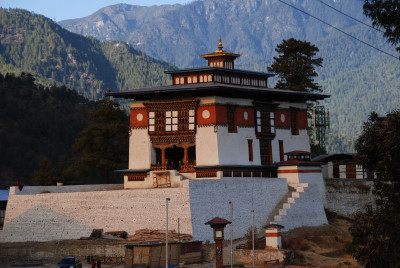 |
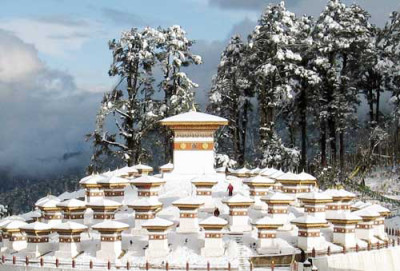 |
#Dochula Marked by an array of prayer flags & 108 chortens, “The Dochula pass” is at an altitude of 3,050 meters above sea-level and it is the first high pass in the western region which is 23 kilometers from Thimphu on the way to Punakha. On a clear day a panoramic view of the Bhutanese Himalayas can be seen from here. The 108 chortens and the Druk Wangyel Lhakhang, built by Queen Mother Dorji Wangmo Wangchuck to honor His Majesty the Fourth King in 2003, are some of the main attractions there. The Druk Wangyal Chorten stands on the crest of Dochula overlooking the unique spiral of 108 chortens. More than half an hour drive will take you there. |
| #Institute for Zorig Chusum Also known as the painting school, the institute has students learning the 13 traditional arts and crafts of Bhutan. The institute offers an eight-year course in the techniques of traditional art in 13 traditional arts such as painting, woodcarving, clay sculpture, mask making and so on. The institute also teaches traditional thangkha painting and a few foreigners come to Bhutan to learn the art. The institute has a showroom where works of students are sold at reasonable price. |
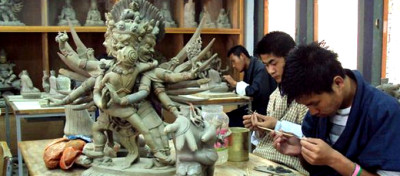 |
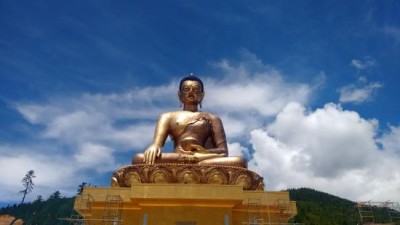 |
#Kuensel Phodrang (Buddha Point) It is one of the most happening points in Thimphu. It is locally named Buddha Point but the actual name is Kuensel Phodrang. It is called the Buddha point because the largest statue of Buddha in the country sits there. The 51.5 meter bronze statue is three storied with several chapels. The body of Buddha is filled with 125000 smaller statues of Buddha. The well paved road leading to the Buddha is mostly used for drives, cycling, jogging and walk apart from those who go there to pay homage to Buddha. The night view of Thimphu from this point is ravishing and magical. |
| #National Institute of Traditional Medicine The National Institute of Traditional Medicine is a training centre for medical practitioners. Herbal medicines are prepared and dispensed here. Bhutan has rich tradition of medicine based on natural remedies derived mainly from plants, earth and some animals. The institute collects medicinal plants from remote corners of Bhutan’s Himalayan region such as Lingzhi, Laya and Lunana. The institute has facility for outpatients, training, research and production of traditional medicines. The institute also has an exhibition room. The institute was established in 1978. |
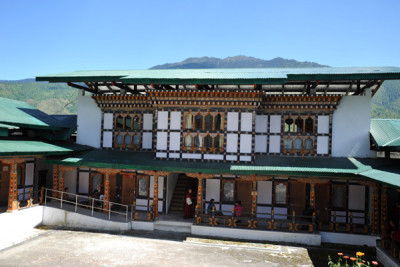 |
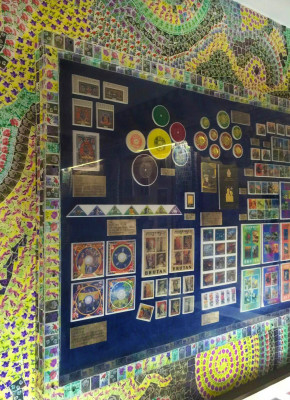 |
#Stamp heaven Bhutan is a philatelist’s dream with round, square, rectangular, triangular and even 3D stamps with different series devoted to different objects and events. Visit the philately counter at the National Post Office at Chang Lam to buy some local stamps as gifts. For a unique souvenir, buy a personalised stamp with your picture on it. |









